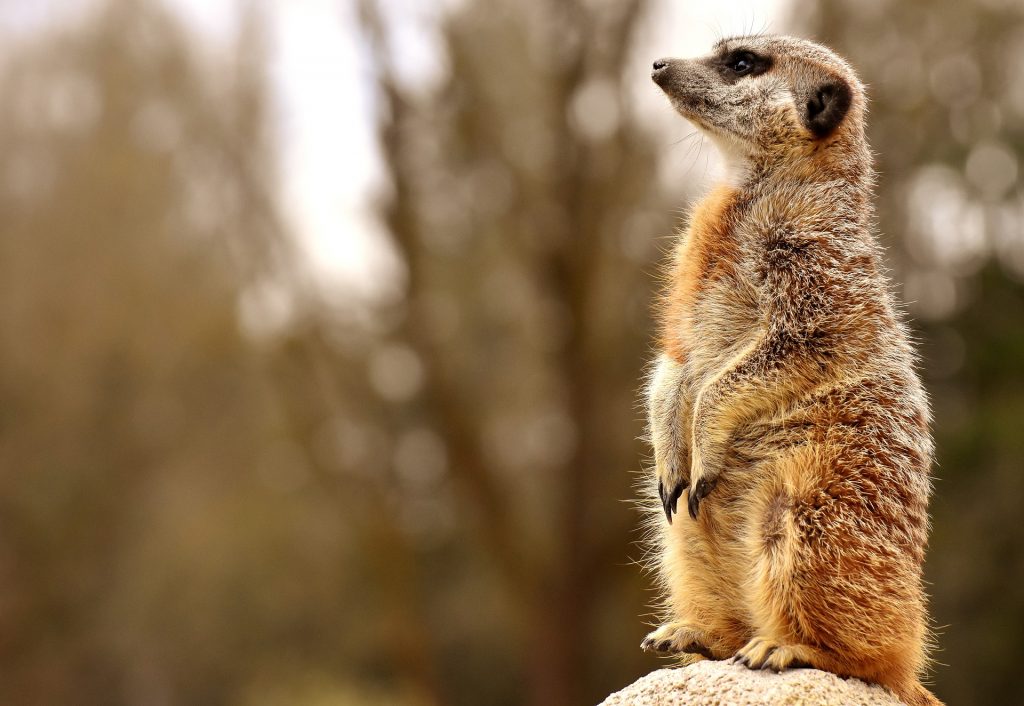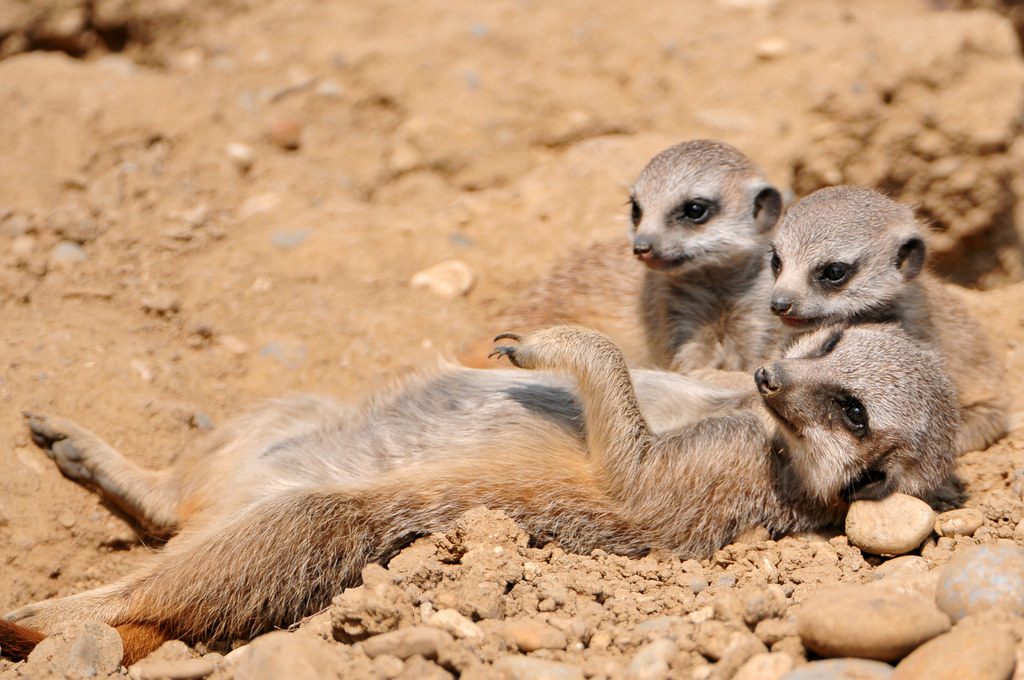
Humans don’t exactly have the most sterling reputation when it comes to how well we treat members of our own species. Any discussion about our propensity for violence is bound to involve the common, self-directed lambasting that among animals, humans are homicidal to a unique degree.
But scientists have actually managed to quantify relative tendencies for murder in a wide range of animals (mammals, specifically, including humans). Their findings suggest that while humans aren’t by any means saintly among their fellow mammals, we could be a lot worse — and the worst offenders are likely not who you’d expect.
Of course, the animal kingdom is no stranger to violence. Outside of the regular predator-on-prey variety, animals commonly engage in intraspecific violence — that is, fighting with others of their own kind. Almost every species displays some form of aggression, including dominance displays when seeking a mate (like bull elk sparring with antlers), territorial disputes, and competition for food resources turning ugly and/or desperate.

But when intraspecific violence is taken to its most extreme form — murder — its frequency becomes incredibly variable between species.
In an attempt to place our own species’ murderous proclivities within an evolutionary context, a team of Spanish researchers conducted a study (published in 2016) on violence in over 1,000 mammal species. By quantifying how frequently and in what way murder occurs in many species, any observable patterns that come up may help explain how and why such a behavior has evolved.
The study found that more than half of the mammals weren’t known to kill each other at all. Honestly, bats and whales (with the possible exception of dolphins) generally don’t seem to be big on murder.
And among the minority that kill that their own kind, murder is still mostly a rare occurrence. It’s rare enough that with all mammals considered, only about 0.3 percent of deaths are murders. However, that value is dragged upwards more than it would be by a small number of species with exceptionally high murder rates.
The homicidal maniacs at the top of the list? Some are intimidating predators you might initially suspect—lions, brown bears, and snow leopards, for example. But others include chinchillas (12% of deaths), various mongoose species (~10-12%), and at the number one spot, meerkats, with nearly 20% of deaths coming from other meerkats.
Yes, the kitten-sized, inquisitive, gregarious meerkat is the most murderous mammal on the planet.

As a general rule, primates—as a group—are fairly prone to murder one another. Their overall murder rate (about 2 percent) is approximately six times higher than that of mammals in general. Half of the top ten slots in the list are held by primate species.
Given this propensity, humans actually aren’t all that bad. Today, we actually enjoy a much more peaceful existence than we did at the dawn of our species when our death-by-homicide rate was more in the typical range for a primate (~2%). So, depending on where in our history you look, humans are somewhere between being typically murderous or slightly pacifistic for primates. Still, for mammals, humans are well above average when it comes to intraspecific killing.
This variation in murder rates between primates isn’t all that surprising considering the group’s wide range of temperaments—for example, it contains both the peace-loving, altruistic bonobos and chacma baboons, which consistently subject other baboons to sexual intimidation and aggression.
Interestingly, the large majority of murders described in the study were infanticides (adults killing babies of the same species). Lions, dolphins, and surprisingly, zebras are somewhat infamous for doing in order to establish dominance and extinguish competitor offspring. It’s also what fuels the high homicide rate in meerkats, as female meerkats will kill the young of competitor females in the social group.
But for humans, infanticide is not the norm. The one thing that may make human murderousness unique is how often adult humans kill other adults. It’s not a quirk worth celebrating by any means, but perhaps it’s somehow preferable to having a murder rate ten times higher and centered on babies, as is the case in the bloodthirsty horror show that is the meerkat.




